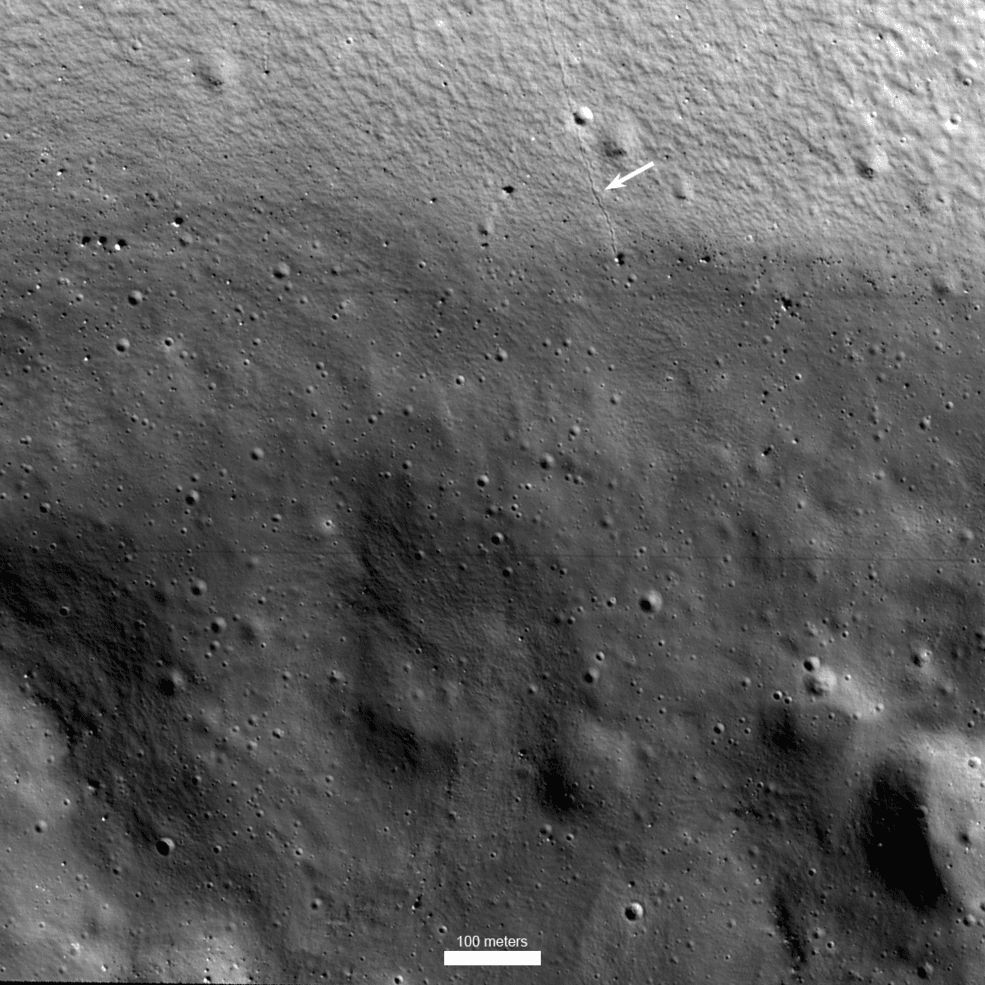Artemis astronauts who will walk on the Moon will be exploring a new area of our natural satellite that has not been touched before: the lunar south pole. There, exist craters in permanent shadow that have huge implications for permanent settlement on the moon. They have plenty of ice water. Given their darkness, it is not easy photographing them from orbit, but a new instrument has done just that.
NASA’s ShadowCam is on board the KARI (Korea Aerospace Research Institute)’s KPLO (Korea Pathfinder Lunar Orbiter), AKA Danuri. Danuri has been in orbit around the Moon since last December and the instrument has snapped some panoramas in eternal or temporary darkness. ShadowCam is designed for low-light conditions, being 200 times more sensitive than, for example, Lunar Reconnaissance Orbiter Narrow Angle Camera.
The main target of ShadowCam is the polar regions and there are always dark craters to be studied around the poles. In particular, NASA is interested in the area around Shackleton Crater, where the landing of Artemis III is expected to happen. Currently, there are 13 sites there that are possible options for it. The sites are all located within six degrees of latitude from the Lunar South Pole.
The results are very impressive. In the images of Shackleton, it is possible to see the track left behind by a boulder as it rolled down the crater walls.

Part of the Shackleton Crater. The arrow shows the mark of a rolling boulder. Image Credit: NASA/KARI/ASU
ShadowCam might even see astronauts if they are doing a walk, as long as it is not where sunlight reaches as the images would be easily saturated. The camera gets enough light to take images from two sources. One is the light that is reflected off nearby geologic features such as mountains or crater rims. The other one happens only when the area of the Moon is at night. And the light source is Earthshine.
Just like moonlight is sunlight reflected on the lunar surface down to Earth, the Earth reflects some sunlight at the Moon. Especially near the new Moon, when the Lunar disk is not visible, that light is enough to illuminate the Moon. It is possible to see it all the way from Earth, and ShadowCam took some observations of equatorial regions of the Moon during the lunar night.
Danuri’s name is a portmanteau of two Korean words, dal (달) which means moon and nurida (누리다) which means to enjoy. The mission is creating a new topographic map of the moon as well as surveying lunar resources such as water, helium-3, silicon, uranium, and aluminum. It was also used to test a concept of a space internet, with communication nodes spread through space.
Source Link: Have A Close-Up Look At Where Humans Will Next Set Foot On The Moon